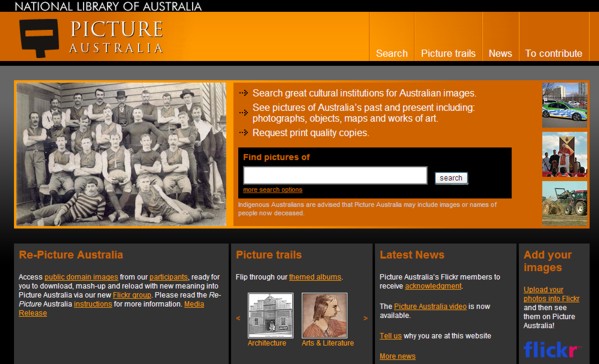
Human potential and creativity never cease to amaze me. Today I came across an online version of a work of art in the form of a 50-metre-long scroll representing two centuries of Chinese people in Australia. Harvest of Endurance is a painting in the traditional gong bi style depicting the story of hardship and resourcefulness of the Chinese in the history of Australia. Taking a little over 12 months to complete, the scroll is made up of 18 elaborately painted panels. It was purchased by the National Museum of Australia in 1992.
Appreciating the actual scroll is one thing, but just as impressive in its own way is the accompanying interactive website produced by the National Museum of Australia. You can explore the scroll from right to left along a timeline from 1788 to 1988 by clicking on stages which are described as eg. Australian gold rush; the rise of merchants, etc. In selecting a period, a scene forms in front of your eyes, first as an outline, then graudally as a complete coloured picture. Clicking on red arrows outlines an object or person, and provides you with a brief explanation or definition. There is a detailed audio-visual explanation of how to read the scroll, including how colour and form create the story, and an explanation of how the scroll was created from the point of view of the artist and the researcher.
The presentation of historical facts in artistic form, coupled with an interactive, multi-layered online representation, is a clever way to facilitate learning through exploration. Wouldn’t it be fantastic to create a similar project for students where each would have a choice whether to contribute as either a researcher, artist, technical expert or other. In particular, I like the way you can select parts of the picture for explanation or background, and I think that would be a great way for students to present their newly found facts.
The collaboration between the people of Australia and China in the form of the Australia-China Friendship Society aimed to promote friendship and understanding between the two countries and their cultures. It would be interesting to connect Australian students with students from another country, perhaps through blogs, in order to create a final product requiring collaboration and fostering friendship and mutual understanding. That would be an authentic and meaningful project.






